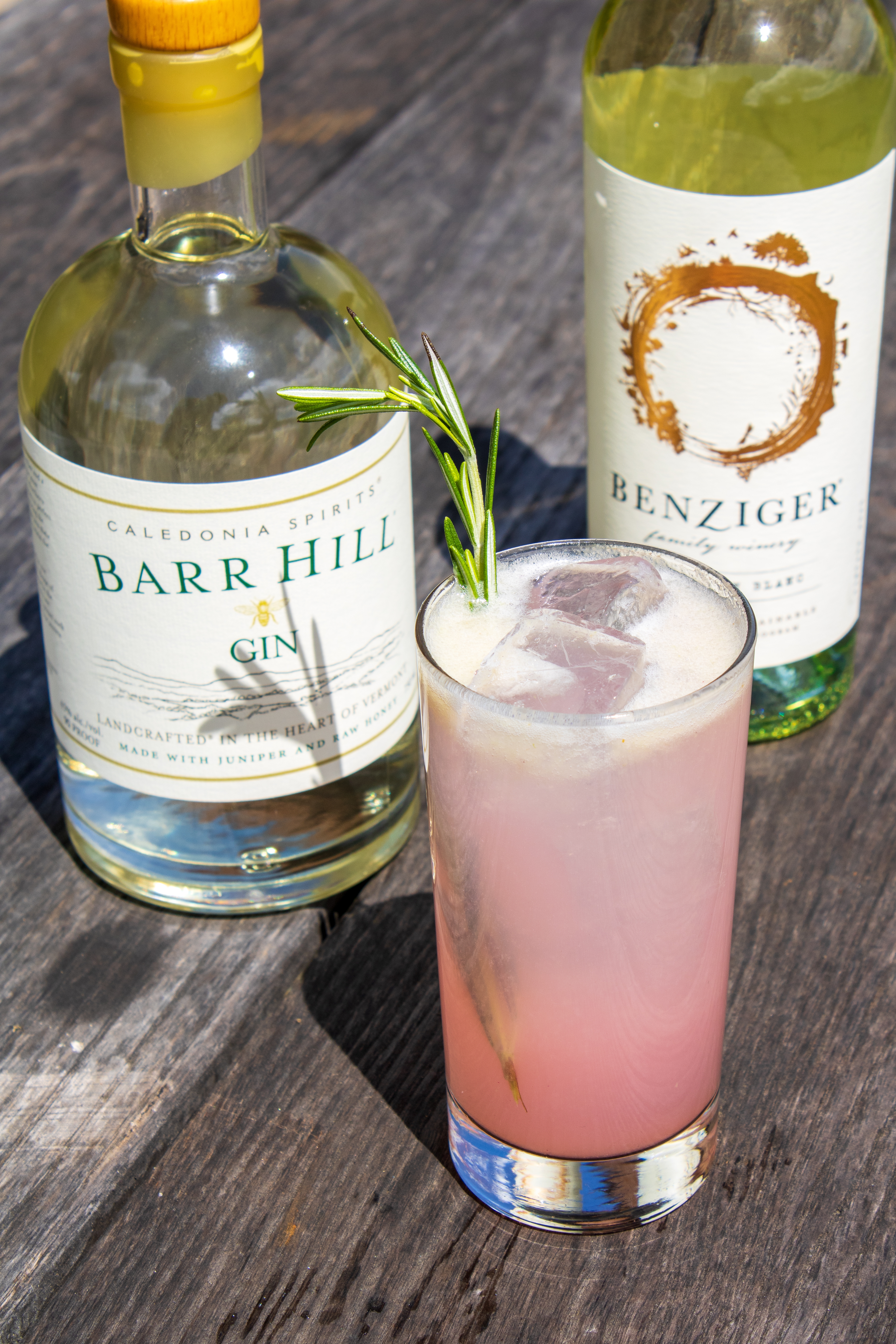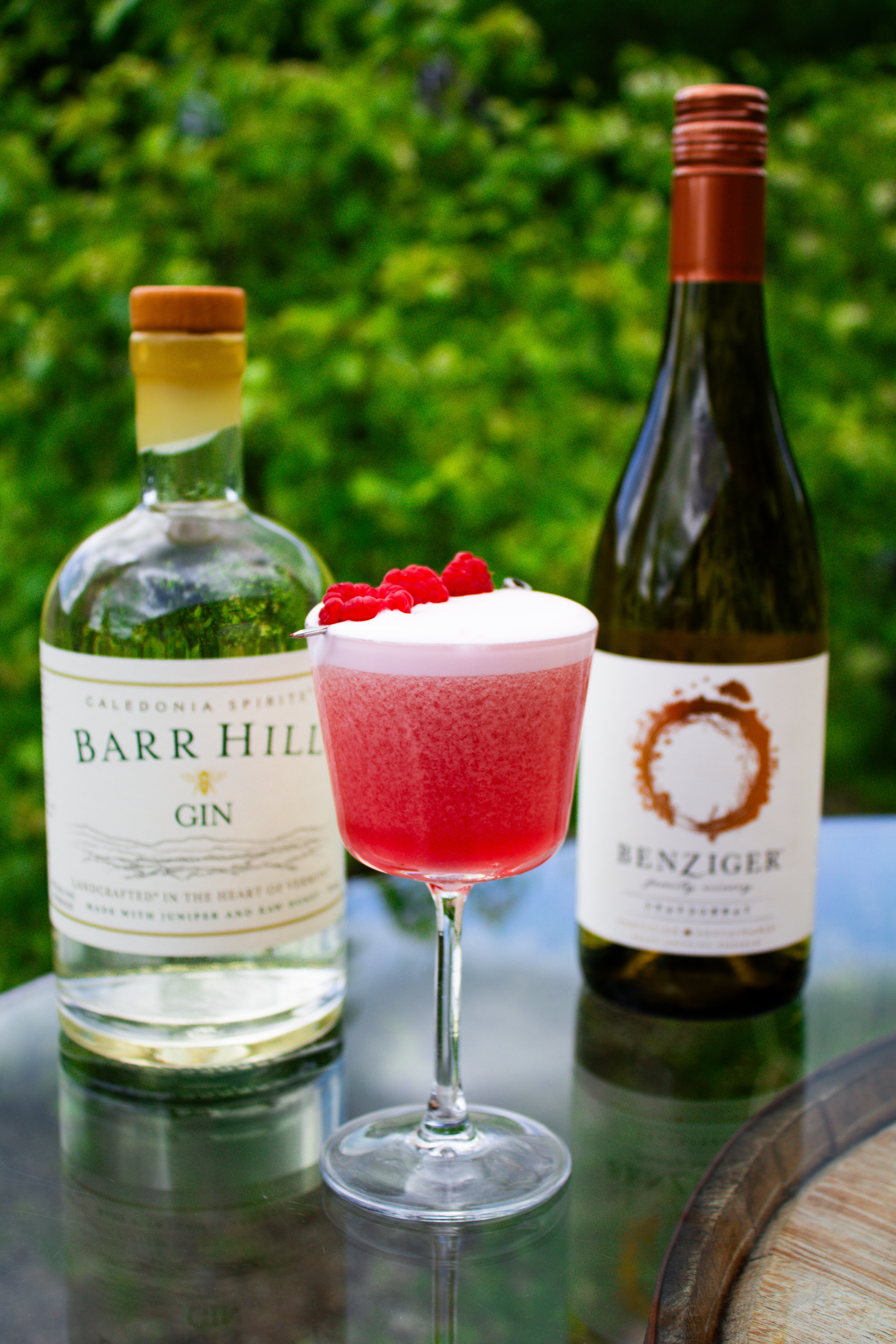Pollinator Friendly Cookbook
Looking to support pollinators while mastering your cooking skills? Check out the Pollinator Partnership Pollinator Friendly Cookbook! This resource encourages folks to explore new recipes featuring ingredients that rely on pollination services.
Food is a basic human need, and without pollinators, humans would go hungry! Birds, bats, bees, butterflies, beetles, flies, and small animals that pollinate plants are responsible for bringing us one out of every three bites of food. Pollinating animals travel from plant to plant carrying pollen on their bodies in a vital interaction that allows the transfer of genetic material critical to the reproductive system of most flowering plants. With the decline of pollinators on the rise, our food is on the line. More than 200,000 species of pollinators are critical to the stability of our food supply. Use this cookbook to create culinary masterpieces that honor pollinators and the work that they do!
Pollinator Week Cocktail Recipes by Barr Hill Gin

Garden Variety
1.5 oz Barr Hill Gin
1.5oz Benziger Sauvignon Blanc
1.5 Pear juice
5-6 blueberries; muddled
Rosemary; muddled
.25oz Maple
1oz Lemon
Rosemary garnish
Directions
In a shaker, muddle blueberries, rosemary and maple. Add remaining ingredients, shake with ice. Double strain into a collins glass with fresh ice. Top with a splash of soda water. Garnish with a sprig of fresh rosemary.

Book Club
2 oz Barr Hill Gin
.5 oz Benziger Chardonnay Syrup*
.25 oz Apricot liqueur
5-6 Raspberries; muddled
.75 oz Lemon juice
1 Egg white or vegan foamer
Raspberry garnish
Directions
In a shaker, muddle raspberries and chardonnay syrup. Add remaining ingredients. Dry shake without ice. Shake again with ice. Double strain into a cocktail glass. Garnish with fresh raspberries.
*Chardonnay syrup - in a saucepan, combine 1/2c chardonnay and 1/2c granulated sugar. Gently heat, stirring until the sugar has dissolved. Remove from heat and store in the fridge.
List of Pollinated Foods
ALFALFA: leafcutter bees and honey bees
ALMOND: honey bees
ANISE: honey bee
APPLE: honey bees, blue mason orchard bees
APRICOT: bees
AVOCADO: bees, flies, bats
BANANA: birds, fruit bats
BLUEBERRY: Over 115 kinds of bees, including bumblebees, mason bees, mining bees and leafcutter bees
CARDAMOM: honey bees, solitary bees
CASHEW: bees, moths, fruit bats
CHERRY: honey bees, Bumblebees, Solitary bees, flies
CHOCOLATE: midges (flies), stingless bees
COCONUT: insects and fruit bats
COFFEE: stingless bees, other bees or flies
CORIANDER: honey bees, solitary bees
CRANBERRY: Over 40 native bees, including bumble
DAIRY PRODUCTS: Diary cows eat ALFALFA pollinated by leafcutter and honey bees
FIG: 800 kinds of fig wasps
GRAPE: bees
GRAPEFRUIT: bees
KIWIFRUIT: honey bees, bumblebees, solitary bees
MACADAMIA NUT: bees, beetles, wasps
MANGO: bees, flies, wasps
MELON: bees
NUTMEG: honey bees, bird
PAPAYA: moths, birds, bees
PEACH: bees
PEAR: honey bees, flies, mason bees
PEPPERMINT: flies, bees
PUMPKIN: squash and gourd bees, bumblebees
RASPBERRY and BLACKBERRY: honey bees, bumblebees, solitary bees, hover flies
SESAME: bees, flies, wasps
STRAWBERRY: bees
SUGARCANE: bees, thrips
TEA PLANTS: flies, bees and other insects
TEQUILA (AGAVE): bats
TOMATO: bumble bees
VANILLA: bees